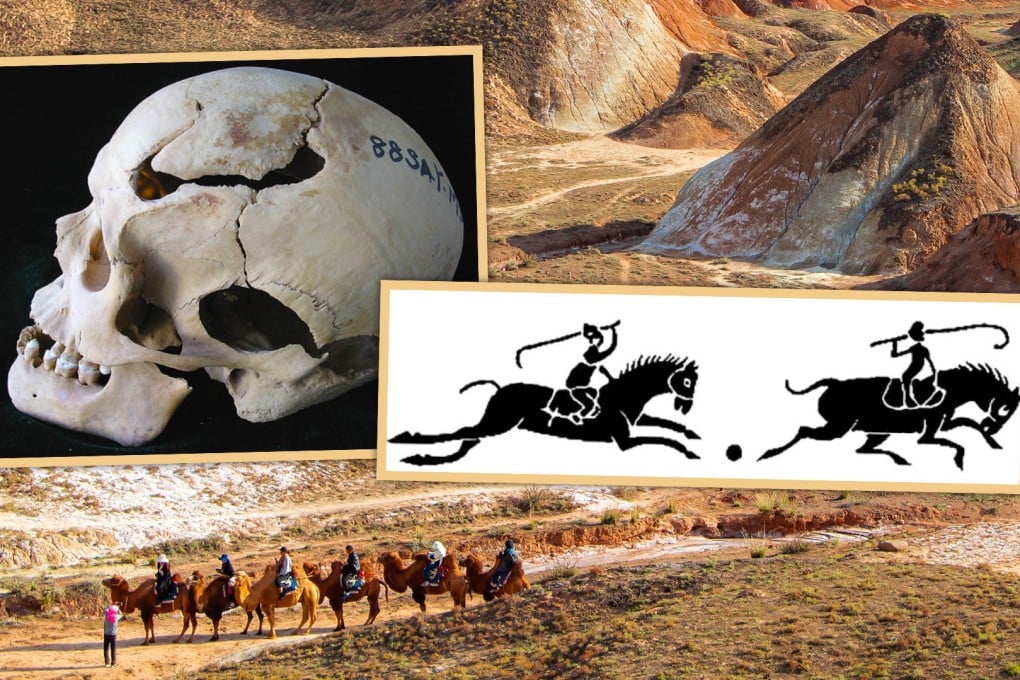From border skirmishes to polo players, how violence manifested along ancient Silk Road
- Analysis found a remarkably vibrant region with an up-close relationship to the dangers of the ancient trade route

Popular imagination paints the Silk Road as an exotic trade route, with dedicated merchants slowly transporting their wares from China to Europe, and vice versa.
In reality, most merchants used only a small portion of the route, helping transform the Silk Road into an avenue for long-distance trade that became the economic backbone for the diverse variety of cultures that inhabited Asia for thousands of years.
This economic importance meant that the value of the products moving through the Silk Road was immense, transforming it into a perilous trade route.
“The merchants were literally travelling with gold and silk of the highest quality. The silk that was traded on the Silk Road pretty much bankrupted Rome, if that gives you an idea of how valuable everything was,” said Christine Lee, an assistant professor of Anthropology at the University of Mississippi.
Lee and her co-author, Cassandra Kuba, from Pennsylvania Western University, analysed 275 skulls from three archaeological sites in modern-day Xinjiang, in northwest China, and one in Mongolia.
The craniums covered a considerable amount of time (1000 BC-420), and the region was also touched by the rise of three distinct eras – the Qin (221-206 BC) and Han (202 BC-9, 25-220) dynasties in China, and the Xiongnu (220 BC-46) in Mongolia.